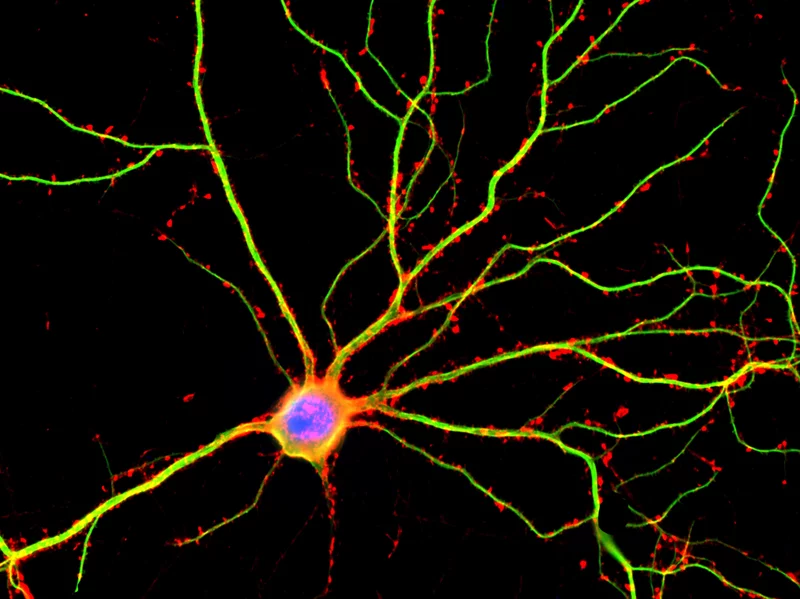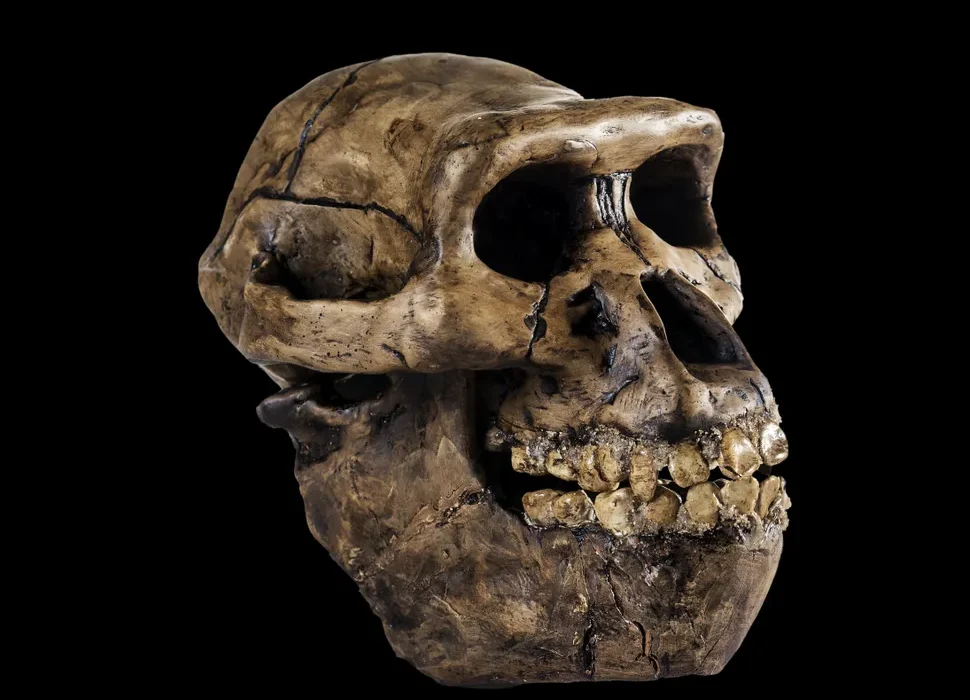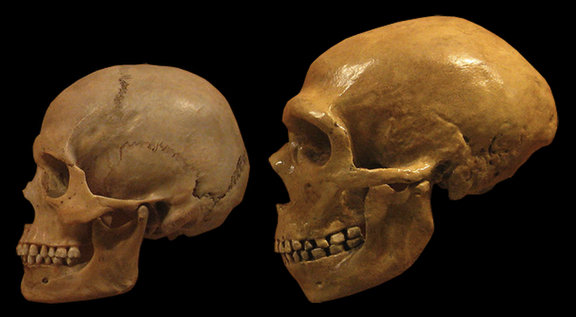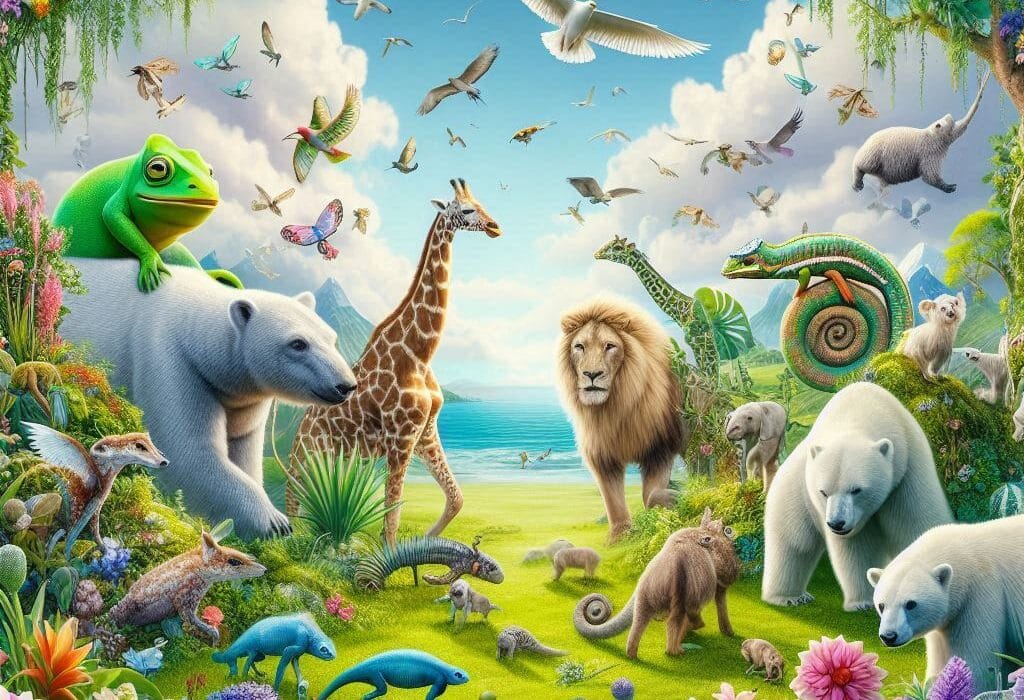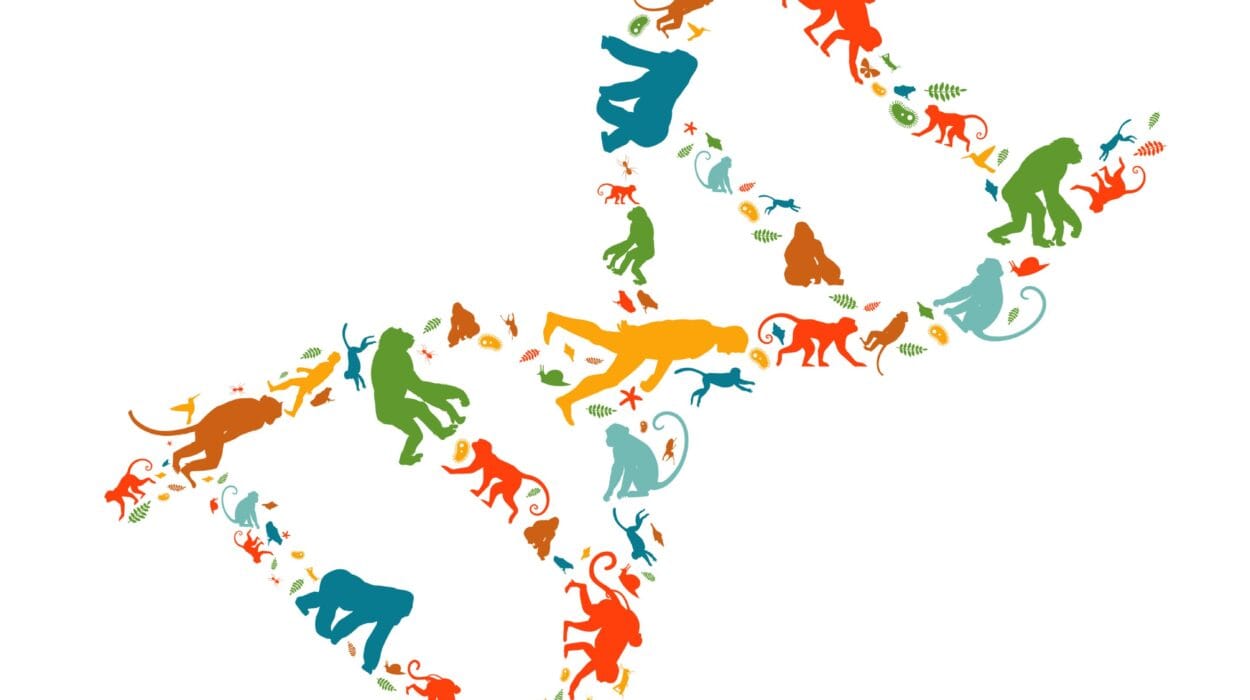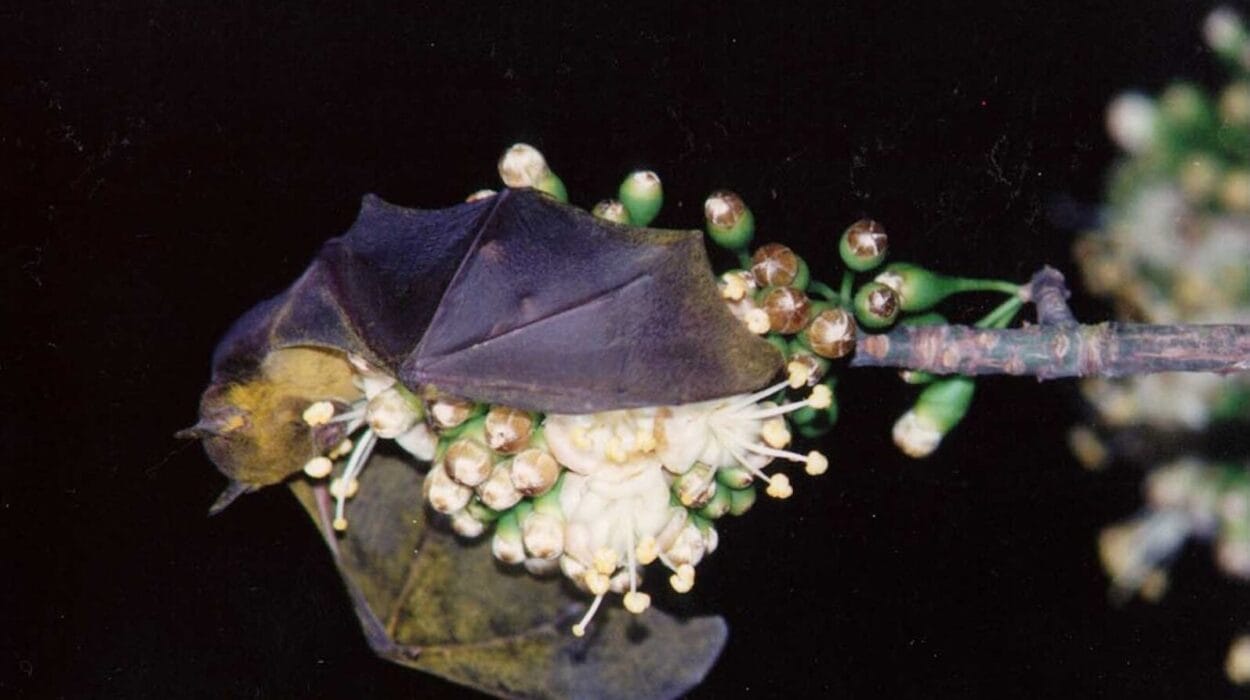Long before the woolly mammoth thundered across the frozen steppes or the arctic fox hunted under pale winter suns, a quiet evolutionary drama was unfolding beneath the shifting skies of the Northern Hemisphere. It was a story shaped not by fire, but by ice.
A groundbreaking study recently published in Trends in Ecology and Evolution has pulled back the veil on how some of the most iconic ice age creatures—like mammoths, musk oxen, and arctic foxes—came to wear their cold-weather crowns. Drawing on ancient DNA, fossilized remains, and cutting-edge paleogenetic techniques, a team led by Professor John Stewart of Bournemouth University has traced the deep-time origins of these cold-adapted species. Their findings offer not just a window into the ancient past, but a mirror reflecting the challenges many of these species now face in a warming world.
The Great Freeze Begins: Origins of the Ice Age Biome
Around 2.6 million years ago, the Earth’s climate began a dramatic transformation. Known as the onset of the Pleistocene Epoch, this was when polar ice became a permanent fixture of the planet. Before this turning point, cold-adapted ecosystems were scattered and fragmented. But with the new rhythmic pulse of advancing and retreating ice sheets, a new kind of environment emerged—one defined by relentless cold, sweeping winds, and vast, treeless plains.
It was in this frozen crucible that some of Earth’s most remarkable animals began to evolve. The study reveals that true cold adaptation didn’t occur in a single evolutionary moment but rather unfolded in stages, driven by climatic shifts. At first, animals and plants began adapting to colder conditions in scattered locales. Then, around 700,000 years ago, something changed—the rhythm of the planet’s glacial cycles slowed. Instead of alternating between warm and cold every 41,000 years, the cycles began stretching to 100,000 years, giving cold periods longer reign. That extra time was crucial. It allowed ecosystems to stabilize, giving natural selection more time to sculpt creatures built for the chill.
Mammoths and the Northern Architects of Survival
The woolly mammoth, that shaggy titan of the Ice Age, didn’t emerge overnight. Its ancestors roamed in warmer climates, slowly evolving to tolerate increasingly frigid conditions. According to the study, mammoths likely took their first true steps into cold specialization around this 700,000-year mark, when they began to flourish in the northern steppes. Their adaptations—dense fur, reduced ears, and high fat reserves—are marvels of evolutionary engineering.
But the mammoth was not alone in its transformation. The study found early evidence for cold-specialized reindeer and true lemmings in the Arctic between one and two million years ago. These smaller animals may have pioneered the Arctic cold first, as the earliest chill took hold. These early inhabitants likely played critical ecological roles—spreading vegetation, creating burrows, and paving the way for larger herbivores and predators.
More recent arrivals, like the polar bear and arctic fox, may have colonized the north as conditions permitted. Genetic and fossil data suggest they moved in from the south during later glaciations, perhaps within the last 700,000 years. This south-to-north migration challenges the older assumption that all Arctic creatures evolved in place. Instead, it paints a picture of a dynamic, ever-changing assembly of species.
The Patchwork Puzzle of Arctic Evolution
One of the most striking implications of the research is the realization that modern Arctic ecosystems are evolutionary mosaics. The animals and plants that make up today’s tundra landscapes did not all evolve together in a single place or time. Rather, they are products of different evolutionary lineages, some ancient and deeply northern, others relatively recent arrivals.
For example, the Tibetan Plateau may have been the cradle of some Ice Age giants. The woolly rhinoceros, long thought to be a pure product of Arctic cold, may actually have evolved in the high-altitude steppe grasslands of central Asia before migrating north. This suggests that high-altitude environments, which mimic cold conditions, served as evolutionary laboratories for species that would later thrive in full glacial climates.
Even among insects and plants, timelines diverge. Stewart and his team compared fossil and DNA evidence across beetles, grasses, and mammals, noting that some groups adapted to cold earlier than others. This patchwork timeline challenges simplified narratives of Arctic evolution and highlights the need for more nuanced models of how cold-adapted communities formed.
Paleogenetics: A New Lens on Ancient Life
The study is among the first to synthesize paleogenetic evidence—the extraction of ancient DNA from fossils—with traditional paleontology to paint a high-resolution portrait of Ice Age evolution. In decades past, the fossil record alone was the primary tool for reconstructing past life. But fossils are spotty, and cold environments often don’t preserve bones well. DNA, on the other hand, can linger in permafrost for hundreds of thousands of years.
Modern paleogenetic methods allow scientists to sequence genetic material from extinct creatures and determine how they relate to modern species. This has revolutionized the field. For example, researchers can now pinpoint when a mutation conferring cold tolerance first appeared in mammoth populations, or how closely arctic foxes are related to their temperate cousins.
Professor Stewart’s work marks a turning point in this field. “This is the first concerted effort to compare the evolution of cold-adapted animals and plants since modern methods of paleogenetics appeared,” he said. The integration of these techniques is opening doors to questions that once seemed impossible to answer.
Lessons from the Ice: Conservation in a Warming World
Though this research looks back millions of years, its relevance is urgently contemporary. Many of the cold-adapted species it explores are among the most endangered today. Polar bears, arctic foxes, and reindeer face shrinking habitats, changing prey dynamics, and warming temperatures that undermine the environments they evolved to endure.
Understanding how these species adapted in the past can help conservationists predict their future. If some animals adapted to cold slowly over hundreds of thousands of years, it may be unrealistic to expect rapid adaptation to a rapidly warming world. Evolution, after all, runs on deep time. Human-driven climate change, by contrast, is racing ahead in decades.
This temporal mismatch is the great peril of our age. As ice melts and Arctic habitats fragment, the evolutionary legacies of millions of years could unravel in a blink.
But there is also hope in knowledge. By deciphering how past ecosystems responded to climate shifts, scientists and conservationists can craft smarter strategies to protect vulnerable species today. Some cold-adapted animals may yet find refuge in high-altitude environments, just as the woolly rhino once did. Others may rely on human intervention—assisted migration, habitat preservation, or even de-extinction efforts driven by ancient DNA.
A Tapestry Still Unfolding
The Ice Age was never a static era of frozen sameness. It was a time of movement, flux, and resilience—an age when life adapted not just to survive, but to flourish under extreme conditions. The mammoths, foxes, and lemmings of that time were the outcome of a complex evolutionary ballet, choreographed by glaciers and time.
Today, as our own epoch teeters on the edge of climate upheaval, their story carries new meaning. These ancient survivors offer more than fossils and fragments—they offer lessons in endurance, warning, and adaptation.
And thanks to the efforts of scientists like Professor Stewart and his team, we are beginning to hear their voices once more, echoing across the millennia from the deep, glacial past.
Reference: John R. Stewart et al, The progressive evolution of cold-adapted species, Trends in Ecology & Evolution (2025). DOI: 10.1016/j.tree.2025.04.005 John R. Stewart et al, The progressive evolution of cold-adapted species, Trends in Ecology & Evolution (2025). DOI: 10.1016/j.tree.2025.04.005

